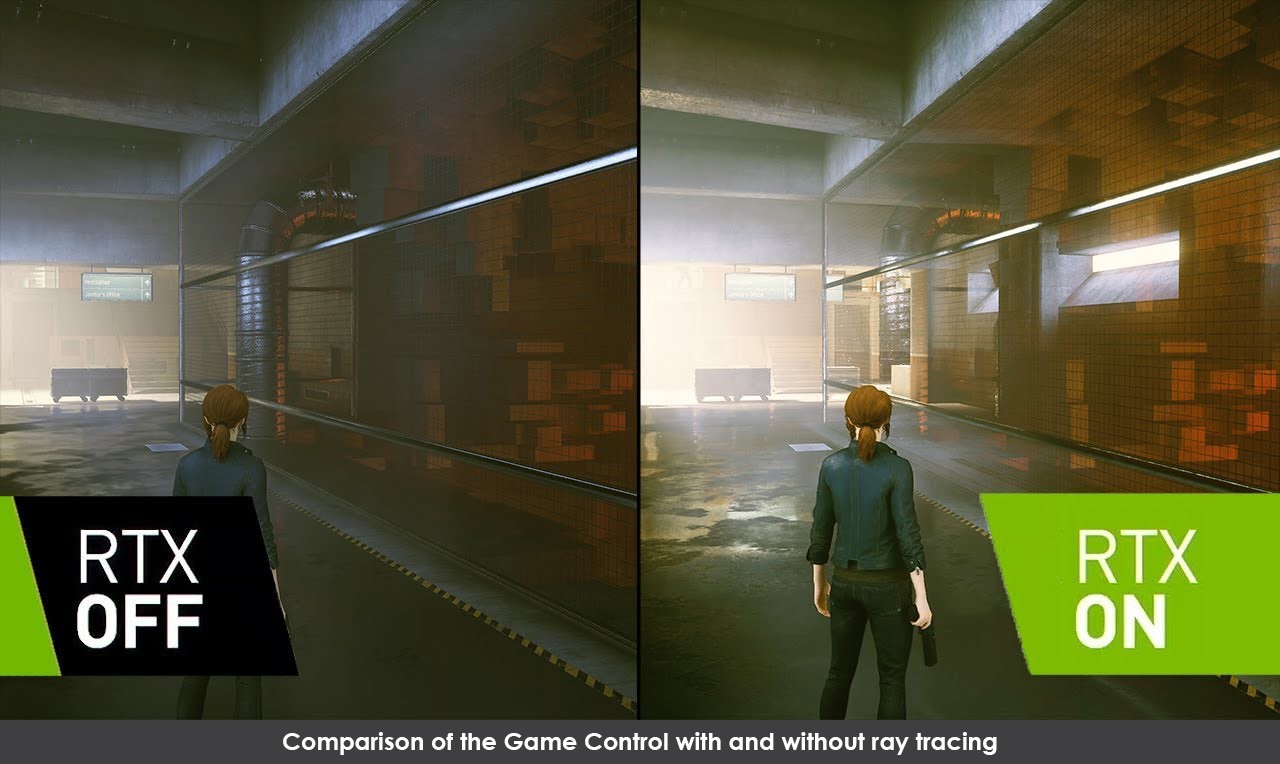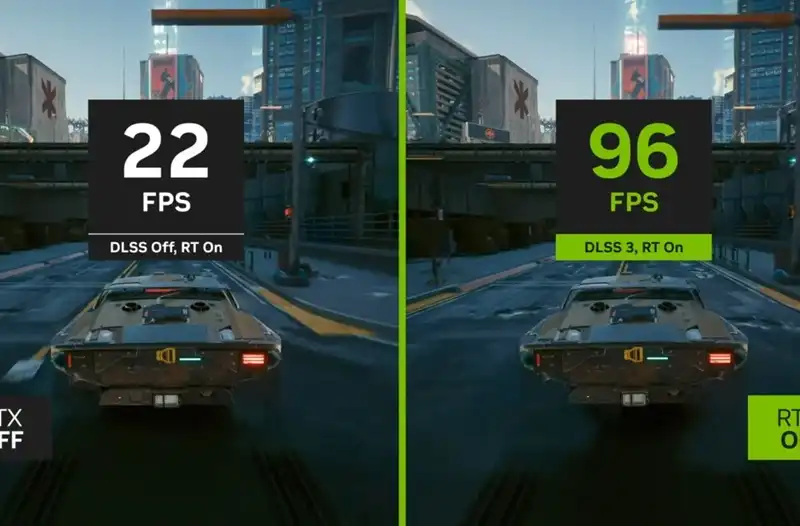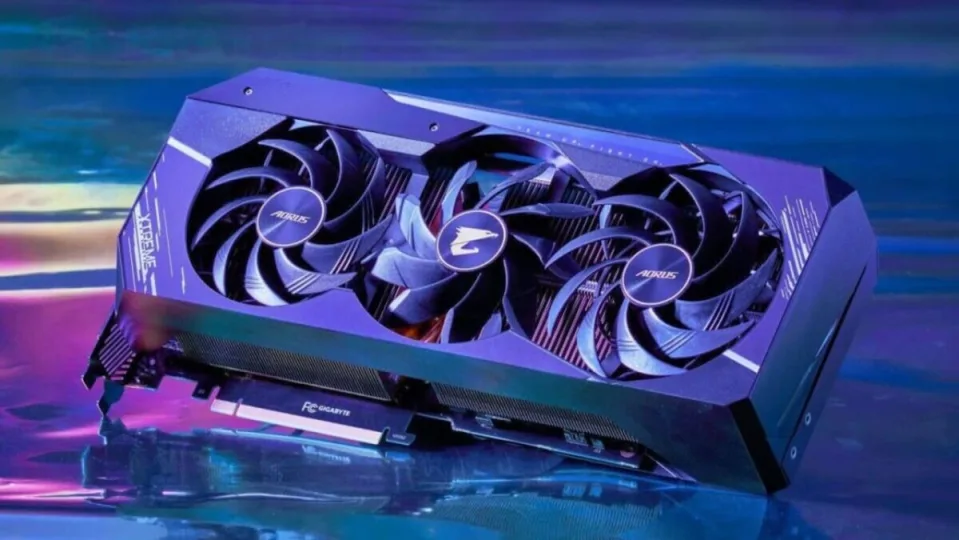Gaming Performance: Unraveling Maximizing the Secrets of Cutting-Edge Graphics Cards 2024

Introduction:
In the dynamic world of gaming, where every frame counts and immersion is paramount, the role of graphics cards cannot be overstated. These technological powerhouses serve as the beating heart of gaming rigs, dictating not just the visual fidelity but also the overall performance of modern games. As technology continues to evolve at a breakneck pace, so too do the capabilities of graphics cards, pushing the boundaries of what is possible in terms of gaming experiences.
In this comprehensive exploration, we embark on a journey through the latest advancements in graphics card technology, uncovering the secrets behind their unrivaled performance and the transformative impact they have on the gaming landscape. From the evolution of GPU architectures to the advent of cutting-edge rendering techniques like real-time ray tracing, we delve deep into the inner workings of these technological marvels, shedding light on the innovations that are shaping the future of gaming.

Unleashing Raw Power: The Evolution of GPU Architectures
The cornerstone of any high-performance graphics card lies in its GPU architecture. Over the years, we’ve witnessed a dramatic evolution in GPU design, from the early days of fixed-function pipelines to the modern era of programmable shaders and parallel processing. The latest iterations of GPUs boast architectures that prioritize efficiency, scalability, and raw computational power, enabling them to handle the most demanding gaming workloads with ease.

NVIDIA’s Ampere architecture, featured in their GeForce RTX 30 series, represents a significant leap forward in GPU technology. With its advanced tensor cores for AI processing and ray tracing acceleration hardware, Ampere-based graphics cards deliver unparalleled performance in both traditional rasterization-based rendering and cutting-edge ray-traced visuals. Similarly, AMD’s RDNA 2 architecture, found in their Radeon RX 6000 series, introduces innovative features like Infinity Cache and Ray Accelerators, pushing the boundaries of gaming performance even further.
Harnessing the Power of Ray Tracing: A Game-Changer in Visual Realism
One of the most significant breakthroughs in recent years has been the widespread adoption of real-time ray tracing technology. By simulating the behavior of light in a virtual environment, ray tracing enables unprecedented levels of visual realism, from lifelike reflections to dynamic global illumination. With the introduction of dedicated ray tracing hardware in modern graphics cards, such as NVIDIA’s RT cores and AMD’s Ray Accelerators, real-time ray tracing has become more accessible than ever before.

The impact of ray tracing on gaming cannot be overstated. Titles like “Cyberpunk 2077,” “Control,” and “Battlefield V” showcase the breathtaking visual fidelity made possible by ray tracing technology. These games leverage ray tracing to create immersive environments where every surface reflects and refracts light realistically, elevating the gaming experience to new heights of realism. As developers continue to integrate ray tracing into their game engines, we can expect even more visually stunning experiences in the years to come.
Optimizing Performance with DLSS and FSR: The Future of Upscaling Technology
As gaming resolutions continue to climb, so too does the demand for hardware capable of delivering smooth, high-fidelity gameplay at ultra-high resolutions. Enter DLSS (Deep Learning Super Sampling) and FSR (Fidelity FX Super Resolution), two cutting-edge upscaling technologies that leverage machine learning algorithms to boost performance without sacrificing visual quality.

DLSS, developed by NVIDIA, uses AI-driven image reconstruction techniques to upscale lower-resolution images to higher resolutions in real-time. By rendering the game at a lower resolution and then using deep learning algorithms to upscale the image, DLSS can significantly improve performance without perceptible loss in image quality. The result is smoother gameplay and higher framerates, even at 4K resolutions.
AMD’s Fidelity FX Super Resolution offers a similar solution for gamers using Radeon graphics cards. By employing spatial upscaling techniques, FSR enhances performance by rendering the game at a lower resolution and then upscaling the image using advanced algorithms. Like DLSS, FSR delivers higher framerates and smoother gameplay without sacrificing visual fidelity, making it an attractive option for gamers looking to maximize performance on a budget.
Pushing the Boundaries of Refresh Rates: The Rise of High-Refresh-Rate Gaming
In the quest for ultimate responsiveness, high-refresh-rate displays have become increasingly popular among gamers seeking to gain a competitive edge. But achieving buttery-smooth gameplay at framerates exceeding 100 frames per second requires a graphics card capable of keeping pace. Fortunately, modern graphics cards are more than up to the task.

NVIDIA’s GeForce RTX 30 series and AMD’s Radeon RX 6000 series are designed to deliver blistering framerates that make every motion feel instantaneous. With support for high-refresh-rate displays and technologies like NVIDIA G-SYNC and AMD Free Sync, gamers can enjoy tear-free, stutter-free gameplay at framerates well beyond 100 fps. Whether you’re locked in a heated firefight or navigating a treacherous platforming sequence, a high-refresh-rate display powered by a cutting-edge graphics card ensures a smooth and responsive gaming experience.
The Pursuit of Silence: Balancing Performance and Acoustics
While raw performance is undoubtedly important, it’s equally crucial for a graphics card to operate quietly and efficiently, especially in compact gaming rigs where space is at a premium. Delve into the world of thermal design and acoustic engineering as we examine how leading manufacturers are striking the perfect balance between performance and noise levels.
Modern graphics cards feature advanced cooling solutions designed to dissipate heat efficiently while maintaining low noise levels. Technologies like NVIDIA’s Max-Q and AMD’s ZeroRPM mode dynamically adjust fan speeds based on temperature and workload, ensuring optimal performance without sacrificing acoustics. Additionally, aftermarket cooling solutions from companies like ASUS, MSI, and EVGA offer enhanced thermal performance and customizable fan profiles, allowing gamers to fine-tune their systems for maximum efficiency and silence.






